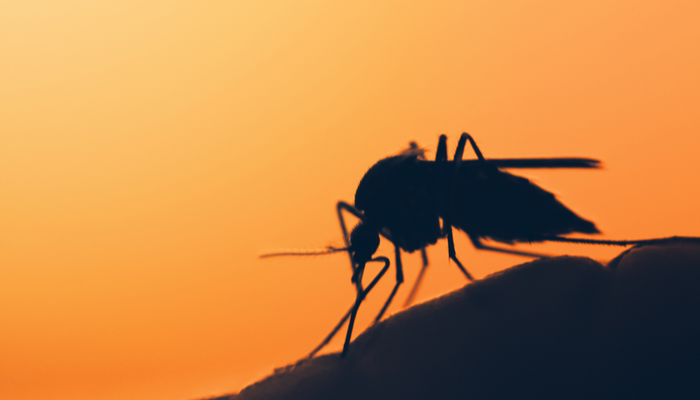.jpg?width=700&height=400&name=So%20much%20science%2c%20so%20little%20time%20(February%202018%20edition).jpg)
February may have been dreary and grey, but the scientific discoveries it brought us were just as exciting as ever! If you follow us on social media, you’ll know that we love sharing the latest science stories that motivate, educate and amuse us. And because we know just how busy you are, every month we compile our favourites in a blog to share with you! Hopefully, this means you can still keep well up to date with the newest stories from around the world, from the comfort of your own desk/workbench/home!
Naked Mole-Rat Man forever!
They may not look it, but naked mole-rats are superheroes. Spiderman and Batman may have less-revealing costumes, but a ‘Naked Mole-Rat Man’ would be impervious to pain, could survive 18 minutes without oxygen, and would be incredibly resistant to cancer. Furthermore, a new study claims that 'Naked Mole-Rat Man' may have one more weapon in his arsenal—defying the laws of aging.
Scientists in Southern California have broken new ground by determining that as these buck-toothed, buck-naked blesmols get older, they show no increased risk of mortality. This is completely different to all other mammals, where the risk of dying rises exponentially with age. Despite appearances, it may be that naked mole-rats never get 'long in the tooth'!
Down-to-earth antibiotics
Scientists in the US have unearthed a promising family of antibiotics from analysing soil samples. Dubbed ‘malacidins’, they can destroy several bacterial species that have become resistant to most other antibiotics. Naturally, soil is packed with many different microorganisms, and it just so happens that these 'drugs from the dirt' may offer a new hope in the antibiotics arms race.
Drug-resistant diseases are currently one of the biggest threats to public health, with 700,000 people killed each year. The newly discovered antibiotic family was shown to eliminate infection in the wounds of rats that had been given the drug-resistant ‘superbug’ MRSA. These results are exciting, but it’s important to stay grounded as it’s a long road from the initial discovery of antibiotics to their use as treatment. Nevertheless, the researchers are hoping that this soily solution could one day help with this prevalent problem.
The ultimate hangover cure?
Researchers have identified a drug that could reboot and repair our brains after heavy alcohol consumption. The scientists, from Queensland University of Technology, Australia, have shown that a two-week treatment with the drug tandospirone reversed the effects of 15 weeks of binge drinking in mice.
Specifically, the brains of the well-oiled mice were shown to grow and repair neurons as normal without any interference from the booze. This is the first time that tandospirone has been shown to fully reverse the neurogenic effects that can be induced by alcohol. Remarkably, it was also effective in stopping the anxious behaviours associated with alcohol withdrawal. Sobering stuff!
Wig mac and fries
From hair of the dog, to hair loss. Scientists in Japan may have discovered a cure for baldness from an unlikely source. A stem cell research team has been able to regrow hair on mice using dimethylpolysiloxane, an ingredient added to the fries of a popular fast food chain to stop the cooking oil from frothing during production.
The breakthrough was made when the scientists successfully mass-produced ‘hair follicle germs’ (which are considered the hairy grail in baldness research). They then fabricated a chip (pun intended) of these germs and inserted it into the backs of nude mice. Within days, the scientists reported hairs growing where the chip had been planted. No wonder Ronald McDonald has such a luxurious red afro.
Printing personalised pills
Scandinavian scientists have created an entirely new platform for personalised medicine—tailor-made tablets. The researchers have been able to use an inkjet process to print QR-coded patterns onto newly developed edible substrates, with the active pharmaceutical ingredient being printed directly onto this material for medicines that can be tailored to the individual patient.
The data can be stored in the pill itself, and by simply doing a quick scan, you can gather all the information about the pharmaceutical product you need. This is an important breakthrough, as it could reduce cases of incorrect or ineffective medicines—and we couldn’t be more excited about the prospect of properly personalised printable painkillers (try saying that quickly without the hangover cure mentioned earlier!).
Want to keep abreast of all the latest life science stories and marketing news? Then why not subscribe to our monthly newsletter?
.jpg)



